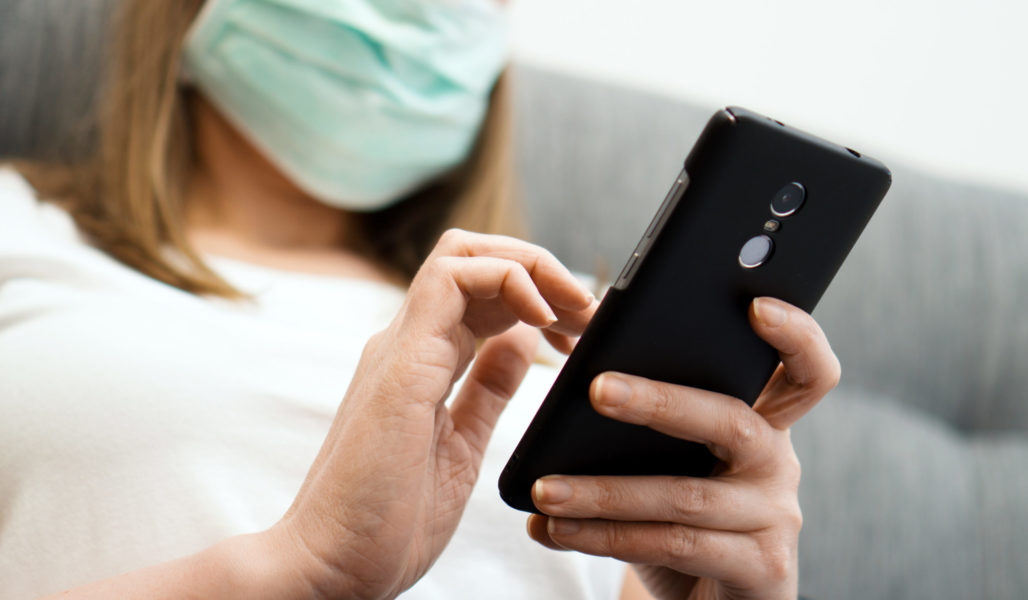
In May, the Navajo Nation surpassed New York and New Jersey for the highest per-capita infection rate of COVID-19 in the US. In an area where 30 to 40 percent of residents don’t have running water and families live together in multigenerational homes, containing the spread has been difficult.
In addition, residents can’t stay at home and see a healthcare provider using telemedicine, as so many of us have been able to do during the Public Health Emergency, because there’s little to no cell service or internet availability. So anyone needing healthcare or showing symptoms of COVID-19 has to travel to one of the few healthcare facilities.
At the Indian Health Service (IHS) site Chinle Comprehensive Health Care Facility in the center of the Navajo Nation, staff got very innovative very fast to provide healthcare services while keeping patients and providers as safe as possible.
Stephen Neal, PA-C, is the Chief of Staff at Chinle and also works in Informatics and Family Practice. He says that—luckily—they had already been working on developing Chinle’s first telehealth program, for rheumatology, before the pandemic began. He had already obtained the equipment: four videoconferencing displays and ten video phones. “We’re lucky to have them,” he says, “because they’re now on back order.”
Chinle staff needed to decide how and where to deploy the telehealth equipment and how to save their limited PPE and protect their workforce. Numerous staff had been quarantined during the pandemic, especially at the start, so it was imperative to keep them healthy and able to work.
IHS had a functional telemedicine platform with limited deployment, and requested Chinle to be a test site to evaluate rapid enterprise deployment. To test as much as possible, Neal opened it up to the entire medical staff—optometry, occupational therapy, women’s health, physical therapy, pediatrics, etc.—and taught them how to do telemedicine visits. Unfortunately, due to the lack of appropriate (or in most cases, any) bandwidth availability, telehealth couldn’t work successfully in the field. However, it has worked out beautifully at the facility.
